How to grow tigridia yourself and properly care for them
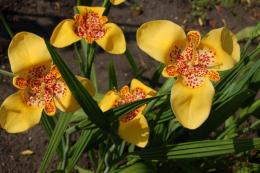
Tigridias are not so often used by domestic gardeners and in vain. Compositions of these flowers look spectacular near coniferous plantings, lawns and ponds.
Content:
Description of the plant and types of tigridia
Tigridia – perennial corm plant, depending on the species, has a simple or branching stem with a height of 30 to 70 cm.
Tigridia flowers have bright colors and unusual patterns. The plant got its name because of the flower throat, the color of which resembles a tiger.
In nature, there are about 20 species of tigridia, each of them differs in the shape of the flower, stem and, most importantly, color. The plant first came to our country from Central and South America.
Tigridia is rarely grown in the gardens of our country, due to the fact that its flower blooms only for 8 hours. You will have to wait about 5 days for a new flower to appear. If a large area of the site is planted with a plant, then a high decorative effect can be achieved due to the fact that each plant blooms at different times. Therefore, the area with tigridia will please the eye throughout the period from late July to August.
The structure of tigridia is clearly visible. On the outside, it consists of three large petals of uniform color, and inside there are three small spotted petals. The shape of the tigridia leaves is xiphoid, light green in color.The lanceolate leaves have a large number of folds, which also looks attractive.
Tigridia peacock, or as it is also called Tigridia pavonia, is most often grown in garden plots. The height of an individual individual reaches 50 centimeters. Despite the fact that the plant is exotic, it does not require special growing conditions; all care rules are identical to gladiolus.
Gardeners were also able to cultivate 5 more species of tigridia in our conditions, these are:
- alba
- canariensis
- Auera
- lilacea
- tubular
- Alba has white flowers large in size, they are red in the middle. The size of the opened bud is about 15 cm. Canariensis is also not a bright color, more muted, red inside, the size is identical to alba.
- Auera has yellow flowers, they are also red inside; during the flowering period the bud grows up to 15 cm. Lilicea has pink petals and a bright core.
- Tigridia tubularis has a shorter stem compared to other species; the leaves are also small and narrow. The color of the flowers is pale pink.
Planting and care
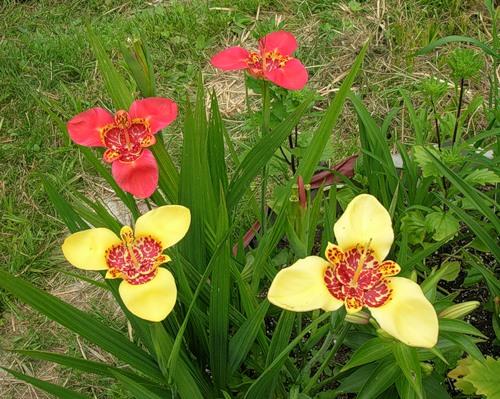
Tigridia are grown from bulbs. When purchasing bulbs, you need to carefully inspect them for damaged areas; if there are not many of them, then they are cut off. Next, the onion is soaked in the Maxima solution for 2 hours. This is necessary to protect tigridia from fusarium and gray rot.
Drainage is laid out in the pots and nutrient soil is poured. The bulbs are planted on the bottom in several pieces (up to 4 in one pot), sand is poured under the bottom. If the bulb was soaked, then the moisture obtained from the solution will be enough for it; if not, then the soil will be moistened. After this, the pot is covered with polyethylene and sent to a warm place.
After 3 days, arrows should appear, this means that the containers with the bulbs can be moved to the windowsill, and water is added to the pan.
In the spring, when warm weather has settled and the threat of cold snap has passed, tigridia can be transplanted into open ground. The area should not be exposed to direct sunlight, which can damage delicate flowers, but there should be enough light. A planting hole is dug 60 cm in size, drainage and a layer of horse manure are laid out at the bottom, then loose soil can be poured.
When flowering period ends, faded flowers and seed pods are cut off. While the plant is blooming, it needs regular watering, this is done in the evening with warm water; under no circumstances should moisture stagnate. When the plants have completely faded, watering stops.
With the onset of autumn, the corms need to be dug up and stored in a cool room. This is done after all the tigridia leaves have withered.
The old bulb dies off by autumn, and 5 new ones appear in its place, the number 5 corresponds to the number of maternal scales. The bulbs are washed off the soil and placed in the Maxim solution for half an hour and dried. Then you can put them all together in a paper bag and place them in the refrigerator. From time to time they need to be taken out and inspected in order to eliminate damaged ones.
For a private home, storing the bulbs in a box with sand in the basement is suitable. If the room is too humid and not ventilated, then the bulbs can be hung in a nylon net.
The soil for growing tigridia needs to be loose, fertile, moderately moist with moderate acidity. Sandy and loamy soils are best.Humus and peat, manure, and mineral fertilizers are added to it in advance, and the soil is limed to reduce acidity.
Most of all, tigridia does not tolerate return frosts and moisture stagnation. Therefore, the best time for planting is no later than May, and it is advisable to add vermiculite and sand to the soil.
Reproduction
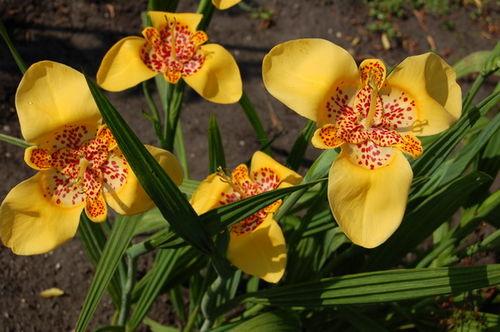
Tigridia reproduces by seeds and corms. To achieve earlier flowering at home, seeds are planted for seedlings. After all, if you plant the bulbs in early or mid-spring, then if the temperature drops they will die.
Many people do not recommend growing the plant from seeds, since it is difficult to achieve a high percentage of germination. But this does not apply to tigridia. If tigridia is grown from seeds, then the rules of care are greatly simplified.
Seeds can be start planting in winter, then by autumn you will get strong, healthy bulbs. For propagation from seeds, use ordinary planting soil purchased at the store. You can also make it yourself from treated turf soil, peat and sand.
Planting containers are filled with soil and sowing begins. The seeds are scattered over the surface and sprinkled with a little soil. There should be a distance of about 5-6 cm between the seeds, so in the future it will be much easier to care for the seedlings and then replant them.
The most important thing when growing tigridia from seeds is timely hydration. If everything was done correctly, seedlings will appear within 3 weeks. To prevent water stagnation, the seed container must have drainage holes. Seedlings are transferred to open ground in May.
An adult plant needs fertilizing; it is done once every two weeks; a complex soluble fertilizer is best suited. It is introduced at the very root, the intensity of flowering will depend on this. You can also fertilize tigridia by leaves.
If the weather is windy, the plant is tied up to avoid breaking the fragile stem.
Earlier flowering is achieved by forcing the bulbs. In March, the bulbs are planted in a light substrate; in the near future they need plenty of moisture.
If the soil is mulched with peat, dry grass or sawdust, this will allow:
- reduce the frequency of watering
- warm the soil in spring and autumn
- enhance flowering
- protect from drought
- protect from weeds
It is quite simple to propagate, grow and care for tigridia; every gardener can be proud of such an acquisition for their plot. Growing tigridia is similar to growing gladioli. There is nothing complicated about this, the main thing is to ensure the safety of the bulbs.
Educational video about tigridia:
Interesting information about the vegetable garden

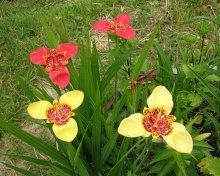
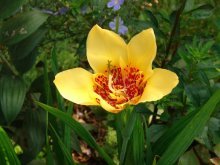


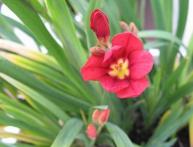
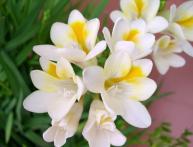
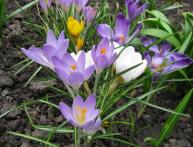
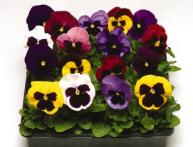

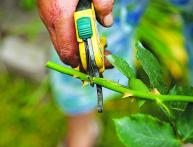
Comments
When purchasing the bulb, I was not warned about the short flowering period. And I was very surprised when by evening my beauty began to fade. First, I went through all the possible causes of the plant’s death in my head, then finally looked it up on the Internet. However, it has quite decorative leaves and against the general background of the flower bed they look very presentable. And I also became confident that our beloved Upstart (houseplant) is a relative of Tigridia.